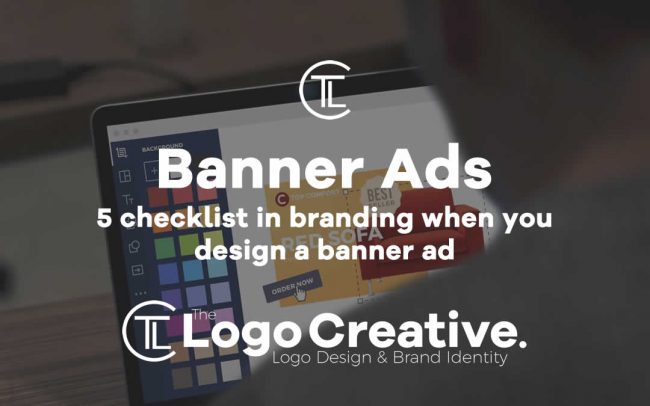Let’s start by acknowledging that branding is essential for any business endeavor or professional individual who want to build up a personal reputation. There’s a certain link between a successful business and a strong and powerful branding and this is why you should always treat this part of your marketing strategy with the utmost attention.
Through the branding process, you are defining the way your business is viewed by your audiences, your employers, members of your team and yourself as well. This is your business identity. It embodies your message, your vision, your values and everything that may be viewed as the core of your business.
Table of Contents
Part one: The benefits of branding
The benefits of building a solid brand are quite impressive, even if you do not invest in paid advertising and try to create just a simple content marketing strategy branding campaign. Let’s talk about some of the most important such benefits and then, move on to our main topic:
1. Awareness: At first, this is your main objective. You are trying to build a personal brand or a business brand from scratch. You need to make yourself visible to your target audience, share with them who you are and what you are trying to accomplish. The better your branding strategy is, the more visible you will get and more people will get to know you.
2. Emotional connection: Through the branding process, you share your core values, your message, and your identity. There will be a lot of people who will share the same values and beliefs of your brand. Your focus is on them especially, because they are your main audience, the people who are most likely to connect emotionally with your brand.
- Loyalty building: With the emotional response, in time, there comes also the loyalty of your audience. If you are wondering about what loyalty means for a brand, try to think about how Apple managed to attract and maintain a constant pool of fans who are not only willing to buy their products but also loyal to the brand itself.
4. A basis for future campaigns: The branding process does not end with your first campaign. The market is always changing and so should you and your business if you want to survive, thrive and extend. However, your first branding campaign will help you get to know your audience and better target your ads and content for your future campaigns. Also, it will give you a basis for these future strategies, a solid brand that your audience is already aware of.
Branding for small business and freelance professionals
I’ve just given you an example of a solid brand that comes from a big company. Small businesses and professionals also need branding campaign and sometimes, they need it even more due to the fact that they don’t work with an entire marketing agency, they don’t have a history of dealing with all sorts of marketing and advertising campaigns and need to start from the beginning, one step at a time.
You need a branding strategy because the first impression you create will depend on the brand and how you present it to your audience. Then, it will be easier for your customers to recognize you and thus, follow your following campaigns or products, your social media accounts and/or your blogs.
Of course, you need to make the right first impression and show your targeted audience why they should follow you, read your blog, trust your services or buy your products.
Part two: Branding through advertising
You can continue a successful branding campaign by creating an effective content marketing or traditional marketing strategy. However, regardless of how small your budget is, in order to get to your targeted audience, you should also try an advertising campaign as well.
You can place your banner on websites, blogs or social media platforms. You can choose one channel or all these channels at the same time, according to your strategy and of course, your research conducted on where your audience is, how they behave and what do they want from you and your brand.
5 checklist in branding when you design a banner ad
We’ve settled for the fact that an advertising campaign is recommended especially in your first stages of branding when you need to grow awareness of your brand more than ever.
However, such a campaign cannot be effective just because you pay money for it or because you have chosen the right channels. You need to conduct some research and design a banner – or a set of banners – that would attract the attention of your targeted audience and generate leads to your website.
My advice: create a checklist of everything you need to do at this point and work on it, step by step until you are ready to start displaying the specific banners. Here are some guidelines on this checklist:
1. Know your audience
The design of the banners starts way before getting to the actual design. First, you know what to design and to whom you are addressing your message. Who is your customer, fan or reader? What is their social status? What about the level of education, age group or location? These are all important questions you need to answer before starting to work on your banners.
Why? Well, the answers and all the data gathered through this research will help you know what elements to include in your design and select your target audience correctly when the banners are ready to be placed online. For instance, if you are selling washing machines, your target audience would be an audience usually over 30 years of age and the design and message focused on keywords such as „cleanliness”, „house chores”, „family”, „power saving” etc. Of course, you can select multiple keyword phrases and split your campaign into multiple campaigns addressed to different audiences.
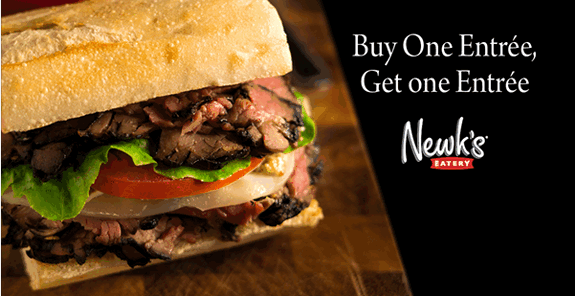
Example: Newk’s Eatery
5 checklist in branding when you design a banner ad
This banner ad tells us everything we need to know about the business and what their main target audience is. At the same time, the ad banner is targeted in itself by presenting an offer that is at the same time visual and expressive. You don’t click on it if you don’t feel it.
2. Create your message
The message is also an important part of your design. It matters where you place it, how you place it but nevertheless, it matters what you say and how you say it in order to capture your audience’s interest.
Things are simple when you have something precisely to offer. It may be a new product, a new line of products, a new experience, service or a new campaign. However, when you are just working towards branding and creating a brand identity, things tend to get rather complicated because your message should be genuine.
Don’t try to mimic the look and copy the messages from other companies and don’t use the same messages over and over again. Build your brand with consistency but don’t bore your audience. Give them something new with every new banner you display.
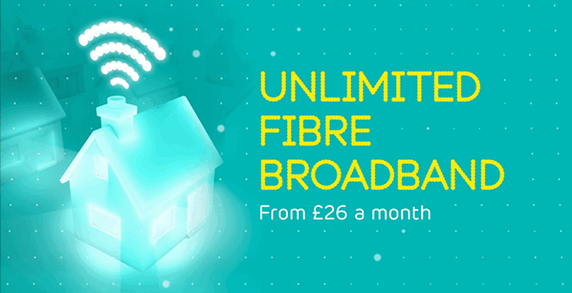
Example: EE
This is the classic ad that delivers a simple yet straightforward message about a new offer for a specific service. You can create similar messages regardless of the types of products you are selling.
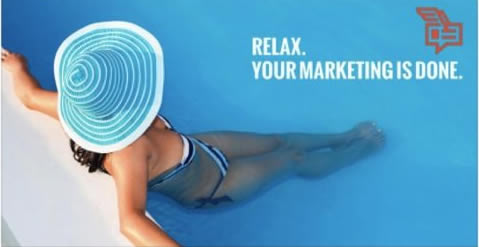
Example: Outbound Engine
This example features a banner that addresses its audience somehow different. Its purpose may be the same as the above example but the message is different. It’s genuine, clever and paired with the featured image, it triggers an emotion.
3. Choose your style, colors, and images
These are the design elements that will define your banner and your brand identity. It is difficult to start creating your first ad banner from scratch but at the same time, you can use your own visual styles already created for your blog, website or social media account. What are the most important elements here?
Colors. You should adopt the pallet of colors you are going to use, either to your audience, or your brand visual styles already set in place. For instance, use compatible colors to that of your logo or social media page.
Fonts. Don’t overuse them. The more font styles you use, the harder will be for your audience to read your message. Consider the fact that the banner is visible only for a few seconds when an individual browses a website or the Facebook timeline. You have a few seconds maybe less to make a good first impression or to transmit a message.
Tip: Fonts like Helvetica, Sans Serif or Futura are the easiest to view from a distance. When most of the people are browsing from their mobile phones, you should consider this fact. The distance might not be high but the screens are smaller than those of a desktop or laptop computer and hence, the chosen type of font counts.
Images. Clip arts, images, logos and even borders can help you catch the viewer’s eye. If you just want to display a product, things will be easier. You need great professional pictures of your product and the inspiration to select and edit the best of them. However, when it comes to general images, it is recommended to use stock photos even if they will cost you a few bucks.
Check the next two examples coming from Upwork and Envoy. The colors are in tone with the logo, the fonts are easy to read, the images are appropriate and effective and the texts areas are just on small part of the viewing area.

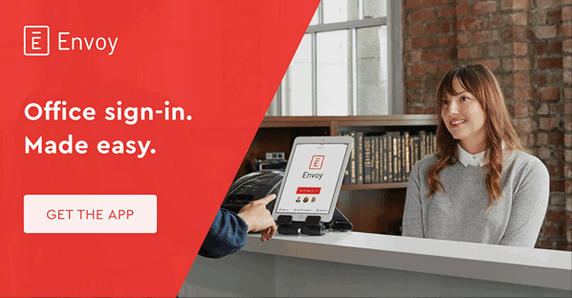
4. Choose your tools
Now that you know what you want to say and how it’s time to design your banner. At this point, it’s important to select your tools you are going to work with, especially if you are not working with a professional designer due to a tight budget. If you are a small business or a professional who wants to create a solid individual brand, I would recommend you to use an online professional banner creator/generator such as Bannersnack, a good choice for a non-professional designer who aims at creating professional looking banners.
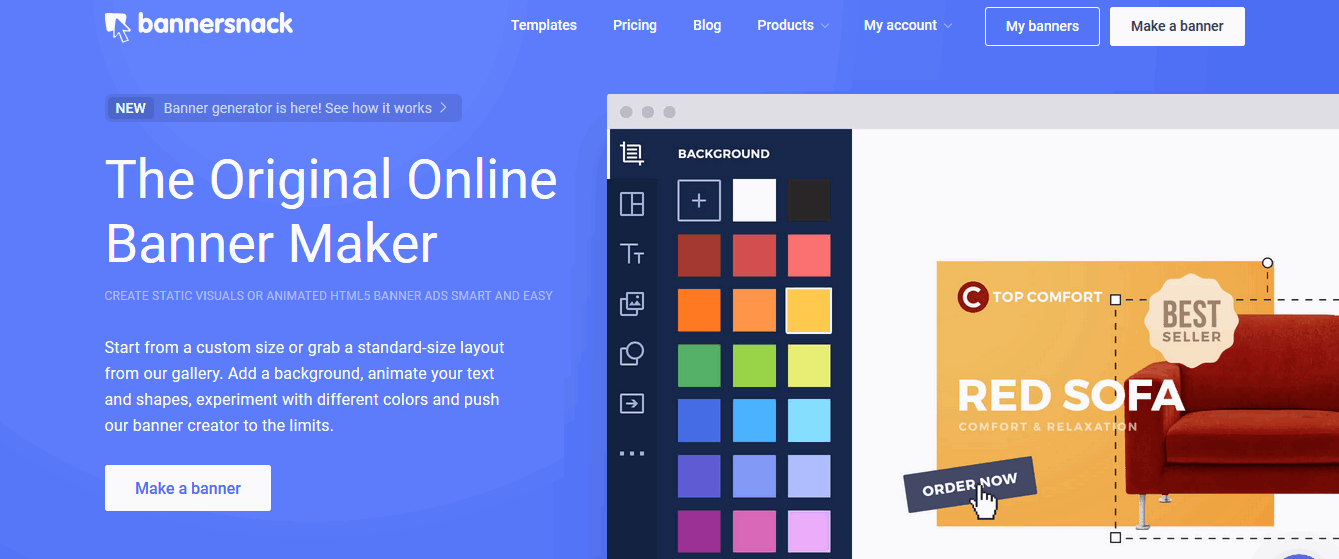
5. Choose your delivery channels
Here we are finally, at the last step of your checklist. If everything went well up to this point, there’s only one thing important left for you to decide: the delivery channel. Based on your market study and your own goals, you can choose to display your banners on websites, blogs, social media channels or even on YouTube videos.
Conclusion
Branding is the most important part of your marketing strategy when you decide to start a new business or create a personal image as a professional individual in your industry. Throughout this article, we’ve discussed the benefits of branding and some of the most important steps to be considered when designing a banner for an advertising campaign.
What do you think about this checklist? Are there other things you have considered in your own branding development strategies? What are these other important points you have added to your checklist? How important do you think is to start by creating a checklist in this case?

Robert Katai.
Visual Marketer & Content Strategist Bannersnack.

